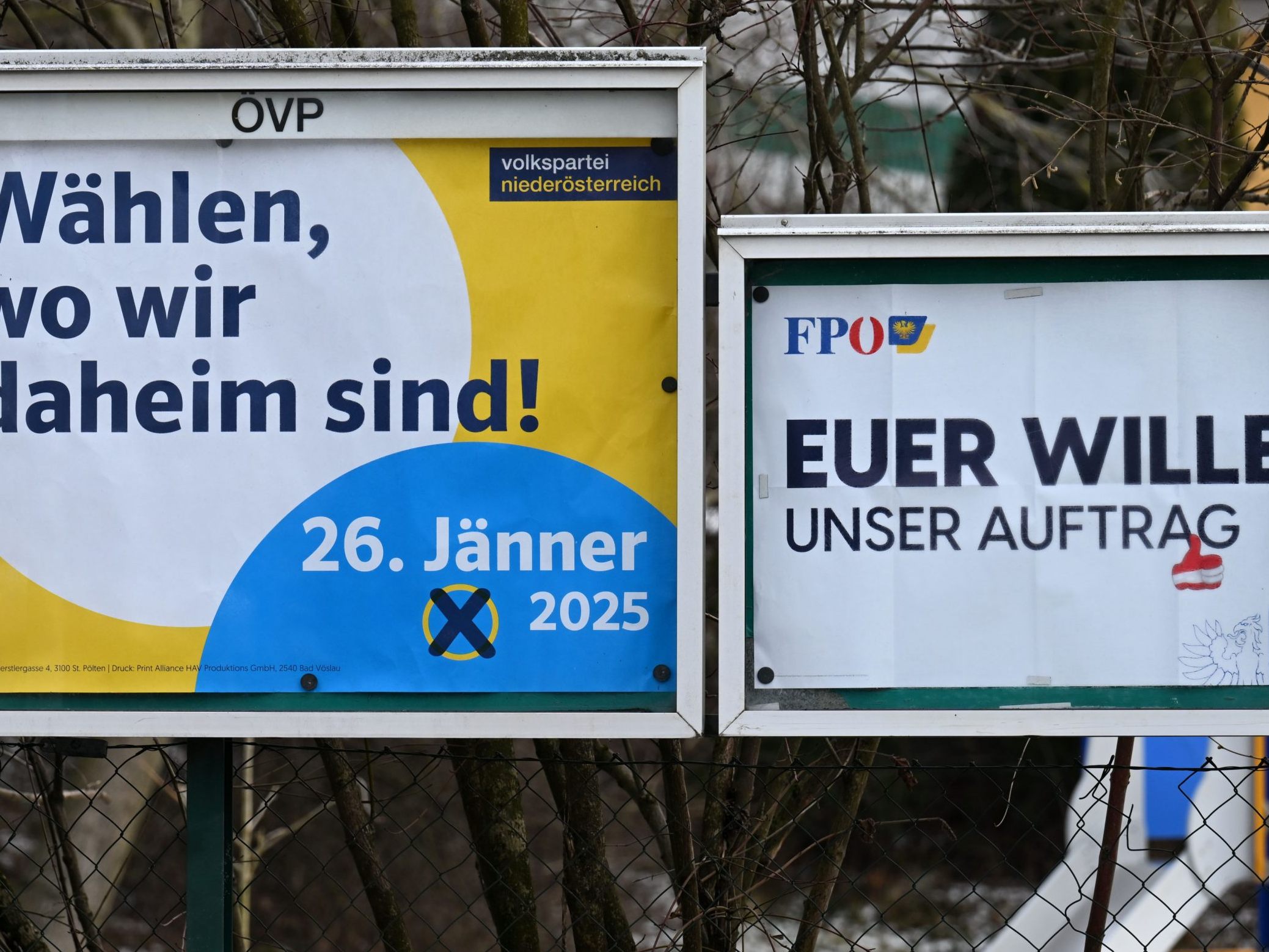Municipal Council Elections in Lower Austria: The Big Outlook

In Lower Austria, 11,821 mandates at the municipal level will be awarded on Sunday. Elections are taking place in 568 of the 573 municipalities. 1,307,510 eligible voters are called upon to decide on the new composition of the city and local parliaments. The mayors in the largest federal state are not elected directly, but by the respective municipal councils.
Fewer Eligible Voters in Lower Austria
Because second home owners are no longer called to the polls, the number of eligible voters is 165,522 lower than five years ago, according to the President of the State Parliament, Karl Wilfing (ÖVP), as head of the state's main electoral authority. He cited the fact that for the first time only official ballot papers are available and a maximum of five preference votes can be given as further "significant changes". The principle "name before party" still applies. Growing numbers of residents with their main residence ensure that 144 more mandates are available for allocation than five years ago.
Only the People's Party is fielding candidates across the board and a total of 572 lists. Representatives of the SPÖ can be found in 538 municipalities, representatives of the FPÖ in 444, the Greens in 116 and the NEOS in 52. In addition, there are 218 independent lists. In Au am Leithaberge (district of Bruck a. d. Leitha), Mühldorf (district of Krems-Land), Münichreith-Laimbach and St. Leonhard am Forst (both district of Melk) as well as in Großebersdorf (district of Mistelbach) there is one ÖVP and one ÖVP-related list. Another "special case" is Zillingdorf (district of Wiener Neustadt-Land), where the Citizens' List Zillingdorf First (BZZ) defines itself as independent, but also includes candidates from the People's Party.
ÖVP Uncontested in Some Municipal Elections
In six of the 568 municipalities, only the ÖVP is running. This is once again the case in Aderklaa and Parbasdorf (district of Gänserndorf), in Waldkirchen an der Thaya (district of Waidhofen an der Thaya) and in Altmelon (district of Zwettl). In Wolfsthal (district of Bruck an der Leitha) and in Lower Austria's smallest municipality Großhofen (district of Gänserndorf), only the People's Party is on the ballot on Sunday.
In 2020, the ÖVP was ahead in 440 municipalities, in 402 with an absolute majority, the SPÖ in 116 (81 times absolute). Lists reached first place 14 times (nine times with an absolute majority). In view of Sunday, the results of Pernersdorf (Hollabrunn district) and Vösendorf (Mödling district) are already known. In the two municipalities, elections were held on 28 January or 5 May 2024 and therefore within a year before 26 January 2025. In the 570 municipalities, 450 local mayors of the ÖVP (62 are female), 105 of the SPÖ (20 female) and 15 from lists currently govern. Elections are traditionally held at different times in Lower Austria at the municipal level in St. Pölten, Krems and Waidhofen an der Ybbs.
Most Lists
In Purkersdorf (St. Pölten-Land district), the most lists with eight are running. Seven parties or groups each are standing in six municipalities. These are the district town of Baden, Bad Vöslau and Kottingbrunn (both Baden district), Perchtoldsdorf (Mödling district), Klosterneuburg (Tulln district) and Wöllersdorf-Steinabrückl (Wiener Neustadt-Land district).
The first polling stations open on Sunday at 6.00 a.m., the last ones close at 5.00 p.m. Because there are 568 individual elections, results will be published immediately after they are received. A summation of all preliminary results ("fictitious state result") is not expected before 8.00 p.m. Five years ago, the ÖVP reached 52.69 percent, the SPÖ 27.76 and the FPÖ 5.81 percent. The Greens stood at 5.90 nationwide, the NEOS at 1.26 percent. Other lists achieved 6.57 percent.
In 2020, according to the President of the Landtag Wilfing, there were 19 challenges in 18 municipalities. The result was five partial or complete election reruns. Objections after the ballot boxes from Sunday will be dealt with on 10 March in a meeting of the state's main electoral authority.
(APA/Red)
This article has been automatically translated, read the original article here.





